It is understood that China Harbour Engineering Company and developer Tidal Lagoon Swansea Bay have gone their separate ways because of the contractor’s failure to meet the target price with its design for the 9.5km seawall.
It also emerged that former Balfour Beatty boss Andrew McNaughton, who last May joined the project team as engineering and construction director, has left but retains an advisory role for the duration of the Government’s independent review into its financial viability.
Having joined Tidal Lagoon Power last summer, Mike Unsworth takes on McNaughton’s duties and will lead the delivery of the Swansea Bay Tidal Lagoon. He brings over 30 years of experience to the role, including the delivery of some of the UK’s largest renewable energy infrastructure projects.
The massive project has full planning but is presently on hold, awaiting the outcome of the Government’s review into the viability of tidal lagoon power.
This review is expected to be published in the autumn and is critical to negotiations, which stalled over agreeing a strike price for electricity generated from the massive renewable energy scheme.
As spokesman for Tidal Lagoon Swansea Bay said: “TLSB has taken the decision to retender the marine works package in line with the requirement to deliver optimal value-for-money to investors and to consumers.
“The marine works package comprises the construction of the lagoon’s breakwaters and the temporary cofferdam in which the powerhouse structure will be built.
“TLSB thanks China Harbour Engineering Company Ltd for its contribution in helping to prepare a world-first energy project for delivery.”
Other major works packages included Laing O’Rourke’s £200m deal to deliver the lagoon’s 410m turbine house and sluice structure block and Alun Griffiths’ contract to deliver the breakwater surface, roads and slipways. Neither of these were impacted by developer’s review of the advanced works phase.
A source told the Enquirer: “Tidal Lagoon Power seem very confident they can get a keener price by returning to the market, after a strong response to the original bid competition.”
Depending on the outcome of the review and then signing a contract for difference deal with the Government over electricity, the earliest work would start on the five-year Swansea lagoon is late 2017 or early 2018, meaning the 16 huge turbines are unlikely to start spinning in the bay before 2023.





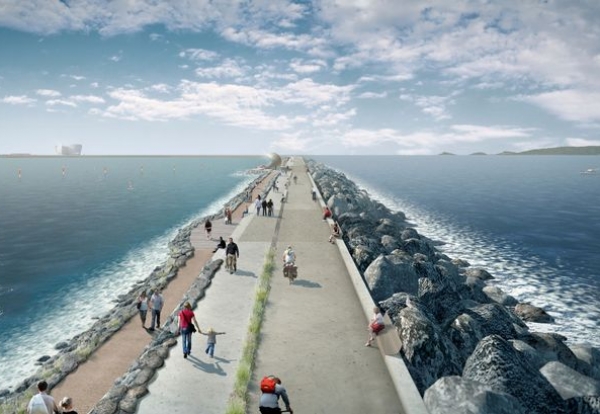


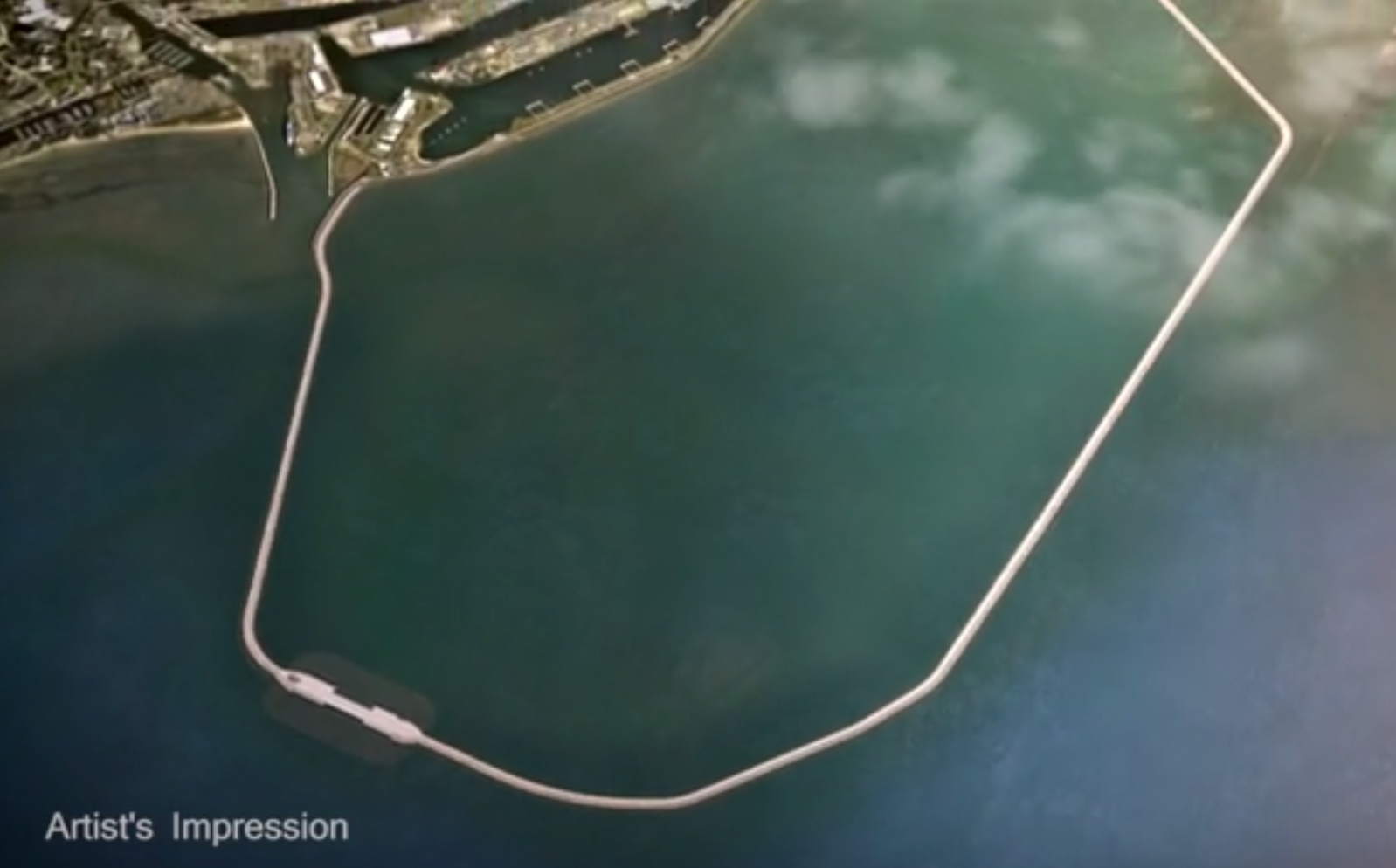






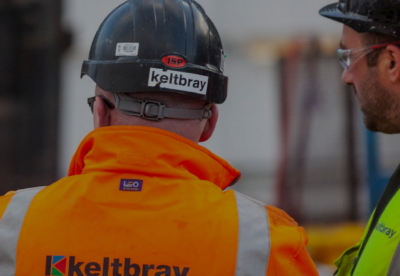






 MPU 300_250px.gif)





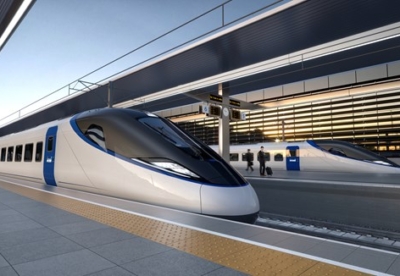














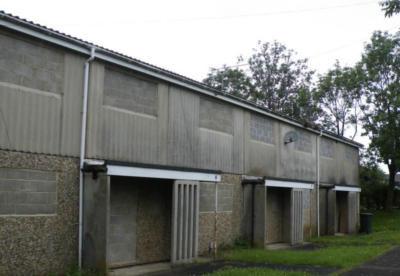











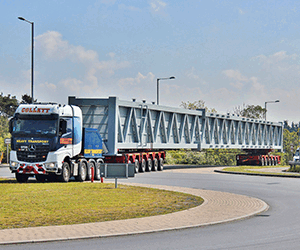
.gif)

